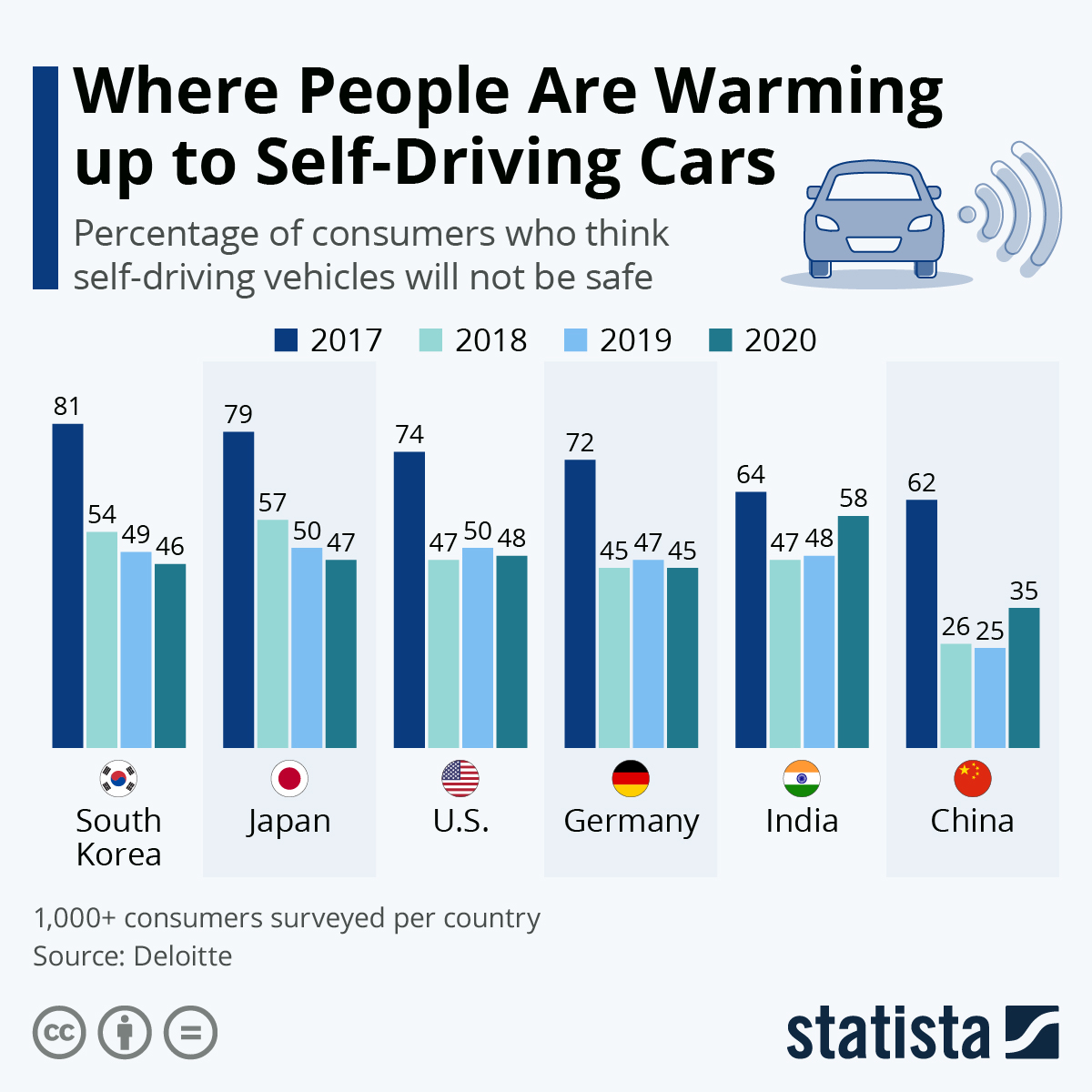
The self-driving car market is rapidly evolving, driven by advancements in technology and changing consumer perceptions. As we delve into the current landscape. We will explore market statistics, growth projections, and the factors influencing this transformative industry.
Market Overview
The global self-driving cars and trucks market was valued at approximately USD 1.20 billion in 2022. It will reach USD 2.62 billion by 2030. Reflecting a compound annual growth rate (CAGR) of 11.7% from 2023 to 2030. This growth increases the adoption of autonomous vehicles across various sectors, including personal transportation and commercial freight delivery.

Key Drivers of Growth
- Technological Advancements: The integration of artificial intelligence (AI), and machine learning (ML). Advanced sensors are enhancing the capabilities of autonomous vehicles, making them safer and more efficient.
- Economic Incentives: Companies operating large fleets, such as taxi services and logistics firms, are investing in self-driving technology to reduce operational costs associated with human drivers, including salaries and insurance.
- Safety Improvements: With over 90% of traffic accidents attributed to human error, the potential for self-driving cars to significantly reduce accidents is a compelling argument for their adoption.
Consumer Sentiment
Despite the promising technology, consumer acceptance remains a challenge. A recent AAA survey indicated that nearly 80% of Americans are apprehensive about riding in self-driving vehicles. However, there is a gradual shift in perception, with 19% of respondents expressing trust in autonomous vehicles, and 44% feeling no less safe sharing the road with them.
Global Perspectives
Acceptance of self-driving technology varies significantly across regions. For instance, a survey indicated that Chinese consumers exhibit the highest level of trust in autonomous vehicles, likely influenced by ongoing trials of driverless taxi services in cities like Beijing. In contrast, scepticism persists in the U.S. and Europe, partly due to high-profile accidents involving autonomous vehicles.

Market Segmentation
The self-driving cars and trucks market can be segmented based on various criteria:
- Vehicle Type: Includes self-driving cars (sedans, SUVs, hatchbacks) and self-driving trucks (delivery trucks, semi-trucks, heavy-duty trucks).
- Level of Automation: Ranges from Level 1 (basic driver assistance) to Level 5 (fully autonomous).
- Application: Encompasses personal use and commercial applications, such as logistics and transportation.
Future Projections
The market will see significant growth, particularly in North America, which currently holds the largest share due to rapid adoption and technological advancements. The National Association of Insurance Commissioners predicts that there will be 3.5 million self-driving vehicles on U.S. roads by 2025, increasing to 4.5 million by 2030.

Challenges Ahead
Despite the optimistic outlook, several challenges remain, including:
- High Manufacturing Costs: The production of autonomous vehicles is still expensive, which may hinder widespread adoption.
- Regulatory Hurdles: Governments are still developing frameworks to ensure the safe deployment of autonomous vehicles, which could slow down market growth.
Conclusion
The self-driving car market is at a pivotal point, characterized by rapid technological advancements and shifting consumer attitudes. While challenges remain, the potential for economic benefits and improved safety continues to drive interest and investment in this transformative sector.
Read more on Lifetips.blog














